How You Can Cheap Out On Your Food Budget and Still Eat Well
Eating is a necessity, but overspending is not

My friend’s face scrunched up in anticipation, his eyes crinkled shut. The fingers of my left hand splayed over his deltoid, pulling the skin taut to stabilize my target.With the newly learned choreography of a spiraling motion, I cleansed his arm with an alcohol wipe. Then sucked in a breath.
“One, two, three,” I intoned and shoved the needle into him. After brief practice with navel oranges, my medical school classmates and I were giving our first injections — to each other. We had a lot to learn in our second year. Our schedules sagged under the weight of lectures, group discussions, laboratories, studying, memorizing, practicing.
One thing we already knew: we had to eat and had little money to do so. Eight of us pooled our resources and shared a house and meals. I already knew a few strategies to stretch my food budget from life as an undergraduate student and from eking out a living as an office temp in Montreal in the year preceding medical school. Now I would learn even more.
We rented a rambling 19th century brick house. Classically Victorian, a narrow set of stairs led from the second-floor old servant rooms into the commodious kitchen. On the wainscoted white kitchen wall we pinned each week’s “Kaper Chart,” a tool borrowed from the Girl Scouts to organize tasks. Cooking dinner for the group was one of these chores. The cook posted their menu, which meant our meals were planned. Vegetarian meals were common, but we also ate meat. We bought as much of our food as possible at a food cooperative, an outlet for discounted bulk purchases. Cardboard flats of individual yoghurts were a mainstay.
Our food costs were ridiculously low that year: about $38 per person a week in today’s money. The US Department of Agriculture begins the expected weekly cost of food for a woman in her twenties today at just over $40. We were doing as well as could be expected.
Contrary to feeling deprived on this low-budget lifestyle, that year was my favorite of the four spent in medical school. Rather than creating a sense of deprivation, our bare bones food and rent budget relieved a portion of the financial stress of school. A friend and I graduated with the least debt of any of our classmates. Our meals were tasty and the camaraderie wonderful.

Here’s a few tips to help you cheap out on your food costs while retaining quality, taste, and variety:
Learn to cook
Learn to cook. It’ll save you from paying someone else to cook for you when you can’t afford it and it will increase your popularity almost always.
If you live with another human — your family, a roommate, a lover — have them teach you what they know, no matter how minimal it may be. Cooking classes are an option or start with a standard classic cookbook. Not a fancy book, but a reference, something along the lines of The Joy of Cooking or Better Homes and Garden Cookbook. Used is fine.
One technique to boost your cooking skill is to use a meal service. These services ship you the raw ingredients, recipes, and directions for a meal on a regular schedule. Our family did this and learned new techniques, ingredients, and ethnic styles. We expanded our repertoire and have a binder full of recipes.
An even lower-cost way to learn to cook just about anything is to go online for instructional videos, recipes, and reviews. When I’m researching a recipe, I go for those with five- or four-star reviews and I take the time to read a few of the reviews.
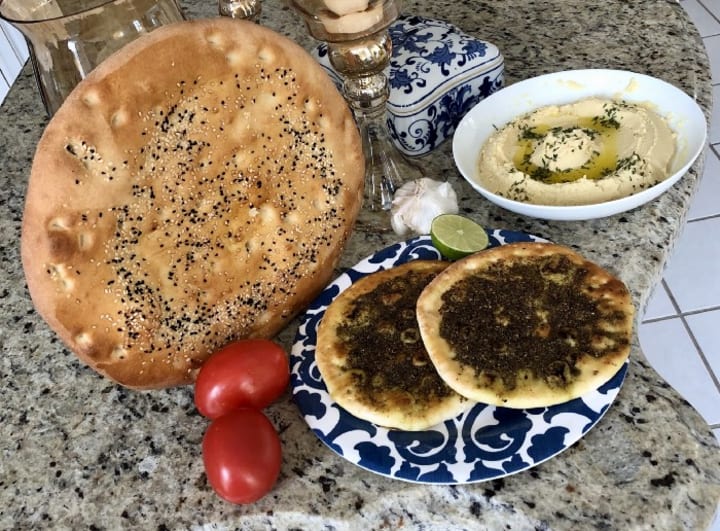
Ethnic foods, cuisines, and groceries
Poor people are everywhere and have developed ways to make low-cost, tasty meals. Add variety and fun to your diet by investigating ethnic dishes. Ethnic groceries can also be a source of lower-cost ingredients for those items frequently used in the cuisine.
Planning
Why do people harp on planning your meals to save money? Because it works. Use some of the many apps to help you. My grocery store has an app which lets me create my shopping list before I go to the store. The exact total varies a bit, based on the number of bananas in the bunch, but I can adjust my list until my estimated cost meets the amount of money I have budgeted for groceries. If you shop online and have your groceries delivered, you can also do this.
Plan your meals. In our family, we often have theme weeks featuring dinners from a specific cuisine. This helps us make the most of our ingredients and avoid waste as ethnic cuisines have hallmark ingredients. Fresh coriander and a bag of avocadoes for Mexican week, ginger root and bok choy for Thai week, shallots and parsley when we go French.
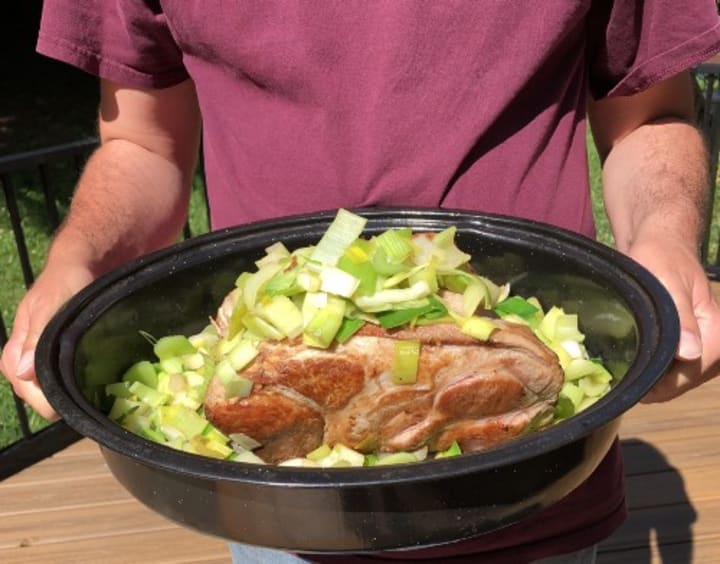
Proteins
Meat, fish, and seafood can be the highest cost ingredients in your diet. Cut your meal costs by incorporating vegetarian meals into your weekly menu. Other cultures can be a source of variety in your vegetarian dishes.
Understand adults need only the equivalent of a quarter pound of meat daily to be well nourished. This can be replaced, or the amount of meat lowered by adding legumes, nuts, and seeds to your dishes. For instance, stir fry with a small amount of meat, a few nuts, a bit of sesame seed along with fresh vegetables and you’re all set.
As an undergraduate I learned to cook lower-cost cuts of meats. These were often organ meats and cuts of meat which required a few steps of preparation. Chicken livers became knishes, veal breasts were stuffed and roasted.
Trade time for money — substitute tougher cuts of meat (such as chuck) for steak. Braised and cooked in the oven or crock pot, these cuts become incredibly tender and savory.
Collaborate
Do you have any friends or relatives who also eat food? Sure you do. Do they want to save money? Well, collaborate. Split that too-big bag of russet potatoes from the outlet with them.
Quantity
Take advantage of bulk bins and the economies of buying in bulk.
Only buy what you need and will use.
Do not be intimidated by the packaging in a grocery. If a package of meat has four pork chops and you only need three, ask the staff to help you. A good store will take the package and repackage it with only three chops. Vegetables and fruit are the same. You might have more ability to buy exactly the amount of fruits and vegetables you need and want at a farmer’s market or a farm stand.
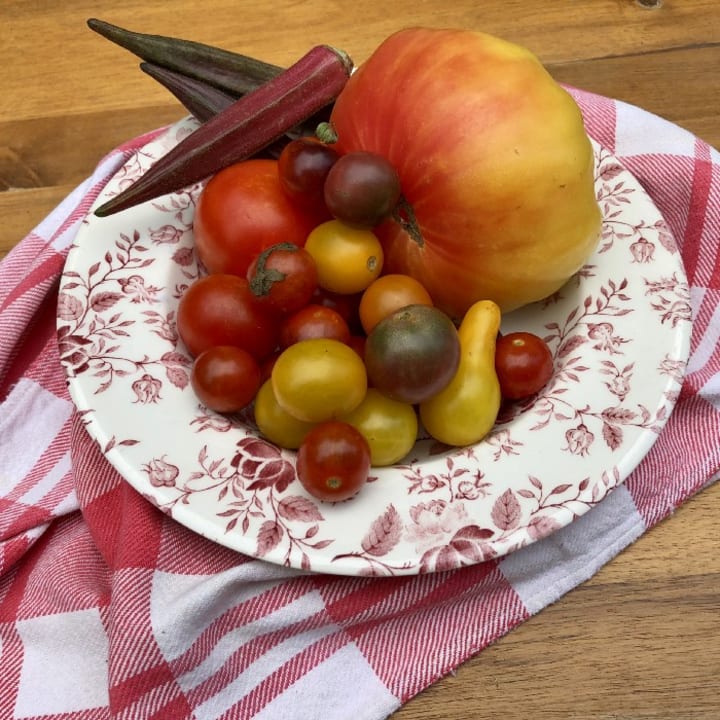
Avoid the beguilement of beauty
A misshapen tomato is just as nutritious as a perfectly shaped one. Unless the appearance is an integral part of a dish (and it rarely is), don’t worry about it. This concept extends to packaging. You’re not going to eat the package. Avoid paying extra for a brand-name product unless you know it’s worth it. Store-brand or generic products are often as good and sometimes better as well as being lower cost.
Don’t confuse ugly with spoiled. Buy food that is in good condition and unspoiled to assure safety and taste.
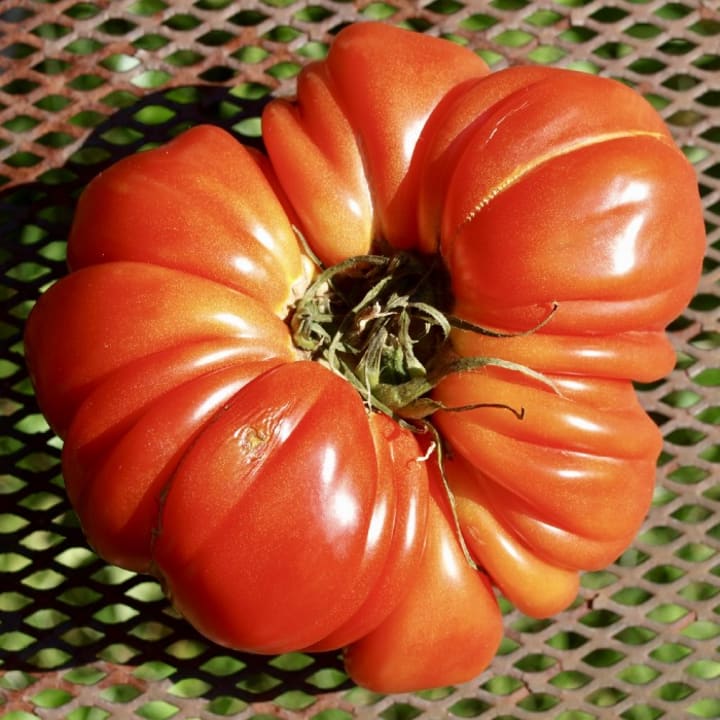
Beverages
Just understand that anything beyond tap water and milk is a luxury.
Municipal tap water is perfectly good to satisfy your thirst. Tap water supports your dental health as it is typically fluoridated. In the US, tap water is regulated by the Environmental Protection Agency under stricter regulations than bottled water which is regulated by the Food and Drug Administration. Buying bottled water is complicated by the worry of contamination from the bottle itself, depending on what it’s made from, and the environmental stress from empty water bottles.
Animal milk (cow, goat, sheep) can provide critical proteins, calcium, and vitamins, especially for children.
Fruit juices are a poorer choice than fresh fruit — they lack the fiber of fresh fruit and may have additives.
Alcoholic drinks are optional. If you are drinking wine for its touted heart-healthy effects, understand there is scientific research indicating eating grapes may help your heart just as much while adding important fiber to your diet. Here’s information from the Journal of Nutrition.
Timing
Produce and some seafoods are less expensive in season. This goes for lobster and varieties of fresh fish as well as fruits and vegetables.

Cooking equipment
Keep your cooking equipment simple. Every week I use two of my grandmother’s pots (which still have their lids). She was born in 1903. I also use the saucepan my mother made my hot chocolate in when I was three. If you buy simple, solid cooking equipment you will find they often last a lifetime or more. So buy what you like because you might be staring at it for a long, long time. Garage and yard sales and thrift shops offer good pickings for classics because of this longevity.
Avoid wasting money on unnecessary appliances (or recognize them as the toys they are). You may be better off buying a good stand mixer with attachments to make pasta and ice cream than buying a hand mixer, a stand mixer, a pasta machine, and an ice cream maker.
Frozen
Frozen produce, fish, and seafood are generally less expensive than fresh. If you opt for frozen fish and seafood, you may be getting a better deal in several ways. Fresh seafood and fish carry the same nutritional value as frozen and often were frozen right on the boat. Which would you rather eat — “fresh” fish that journeyed through Gulliver’s Travels to get to your plate or frozen fish unthawed till you prepare it?
Frozen vegetables, seafood, and fish also offer you the ability to use small quantities at a time and easily add variety to your meals. You can pour out just a few frozen peas to throw in your salad or thaw just a few shrimp to add to a stir fry.
Buying meat as a portion of the animal (ex. a quarter of a beef or half a hog) can save you money. Buy a quarter of a beef and split it with your neighbor. This option is more readily available in rural areas where animals are raised.
Having your own freezer — even a small one — or sharing one with a relative or friend opens up all kinds of cost- and time-saving options. Make a pot of chili and freeze all but one serving for those times when you don’t have time to cook. Buy an after-Thanksgiving half-price turkey and freeze it for an after-the-holidays get-together.
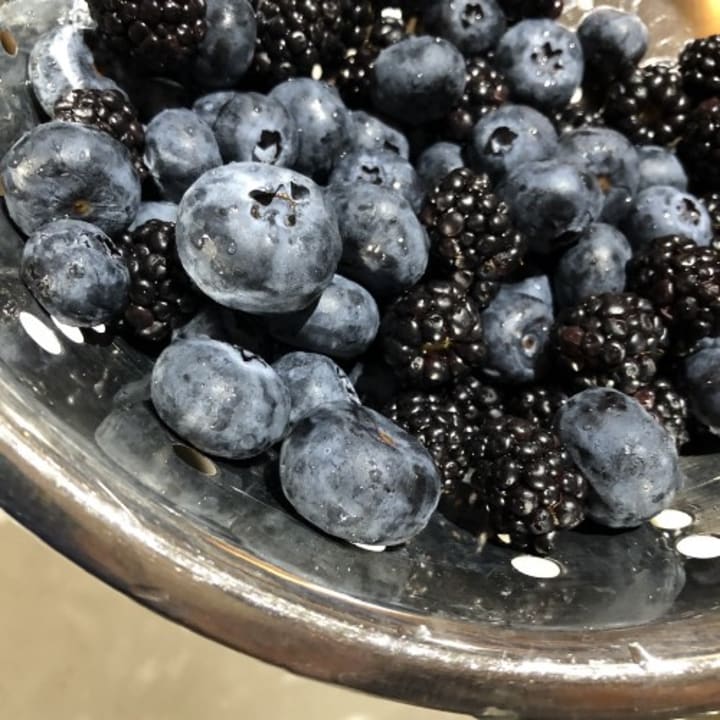
Understand organic
“Organic” when applied to food refers to the way the crops and animals were raised. There is no standard international definition of what the label “organic” means. There is also no agreement on the benefit and risk characteristics of organic vs. non-organic food. The nutritional value may be identical or similar. The hope is that organic food exposes the consumer to less potentially harmful pesticides and antibiotic residue. Organic food is more expensive than non-organic. You may decide to cut costs by cutting out organic food.
If you understand the agricultural practices touted by food retailers, you can make informed decisions about the food you buy. Buying free-range eggs may be more a statement of solidarity with the laying hens than a nutritional impact statement. You may decide you cannot afford them.
Feeding babies
Breast-feeding not only has proven positive health effects for your baby, it is cheaper than buying formula. The U.S. Surgeon General reported an estimated $1200 to $1500 savings in the baby’s first year.
Further savings (while meeting your baby’s nutritional needs) can be had if you are willing to puree food for your infant when they are old enough to start solids. This may cost you as little as half of what you would pay for prepared baby food. Rather than a little pouch of shmooshed sweet potatoes, just share part of your sweet potato with your baby. You can use a blender or food processor or go old school with a metal food mill to puree it. A steel food mill costs less than $30 and requires no power except your own hands. As your baby’s diet matures, you can grind up whatever the rest of the family is having (spaghetti, stew). Making your own simplifies life as you can puree baby-sized portions of what you’ve cooked for others in the family, you control any additives such as salt or sugar, and you eliminate preservatives and other non-nutritional additives.
Eating out
The average fast food meal clocks in at 1,193 calories. Nearly all restaurants serve portions exceeding recommended caloric content. One way to enjoy eating out and cut costs is to split your meal with another person.
In a sit-down restaurant, check out any specials on offer. They may (or may not) be inexpensive. Do you like roulette? Another ploy is to pick the lowest cost entrée, no matter what it is. You’ll expand your palate and still enjoy a meal out. If you like leftovers, take half your meal home. This cuts your per meal cost in half.
If you are eating out and have flexibility, pay attention to times of day (usually lunch) when food prices are down and days of the week.
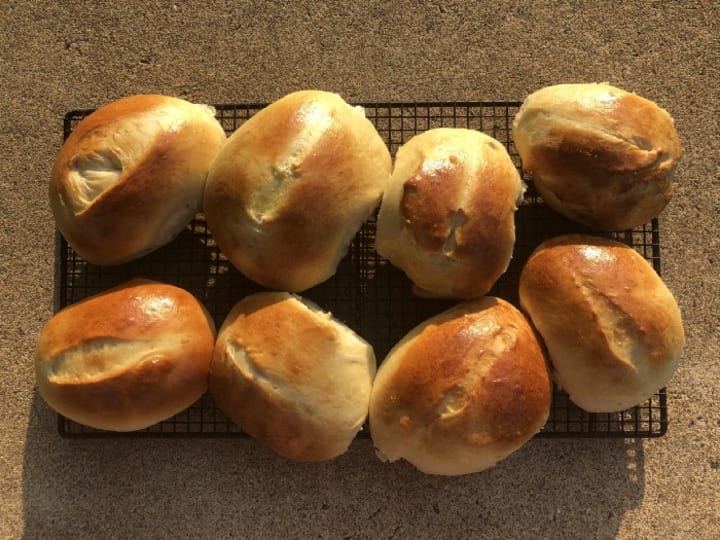
When you simply can’t afford food
Do not hesitate to seek help if you are having difficulty buying the food you need. Your local government (Social Services or whatever it is called where you live) should be able to put you in touch with government and non-profit groups which offer help. There are special programs for infants, young children, older and disabled adults. Speak up. Ask for help, including from your friends, neighbors, and relatives. The US Department of Agriculture estimates that between 30 to 40 percent of the food supply is wasted in the United States. There is plenty of food to go around. Few would want their neighbor to go hungry while they are wondering what to do with the extra mashed potatoes they have or pitching out leftover meatloaf.
About the Creator
Diane Helentjaris
Diane Helentjaris uncovers the overlooked. Her latest book Diaspora is a poetry chapbook of the aftermath of immigration. www.dianehelentjaris.com






Comments
There are no comments for this story
Be the first to respond and start the conversation.